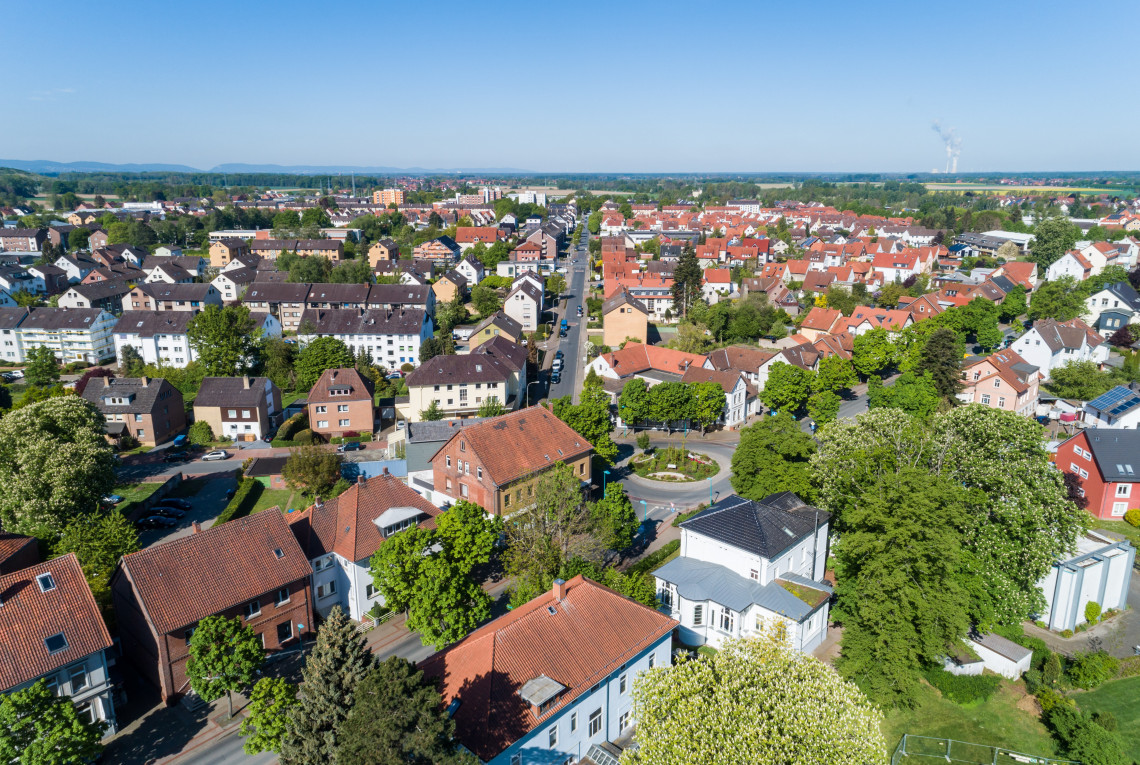Why are city trees so important?
Trees improve a city’s microclimate, bind air pollutants and reduce the overheating of urban areas. They also strengthen people's mental health.
Residents of apartments and houses with a higher number of trees in their immediate vicinity are less likely to be prescribed antidepressants. The correlation was shown by a study led by researchers of the Helmholtz Association in Germany. The effect is particularly clear for people with lower socioeconomic status who often have fewer opportunities, a lower quality of life and a high risk of depression.
The Helmholtz research suggests that street trees can help close the health inequality gap between people of different social classes. To ensure that everyone benefits from these benefits, city trees need to be distributed evenly across residential areas. Urban trees are much easier to plant than entire parks, so they offer urban planners and communities an easy, nature-based solution to promote the city residents' mental health.
Sources:
Melissa R. Marselle, Diana Bowler, Jan Watzema, David Eichenberg,Toralf Kirsten & Aletta Bonn (2020): Urban street tree biodiversity and antidepressant prescriptions, Scientific Reports, DOI: 10.1038/s41598-020-79924-5





